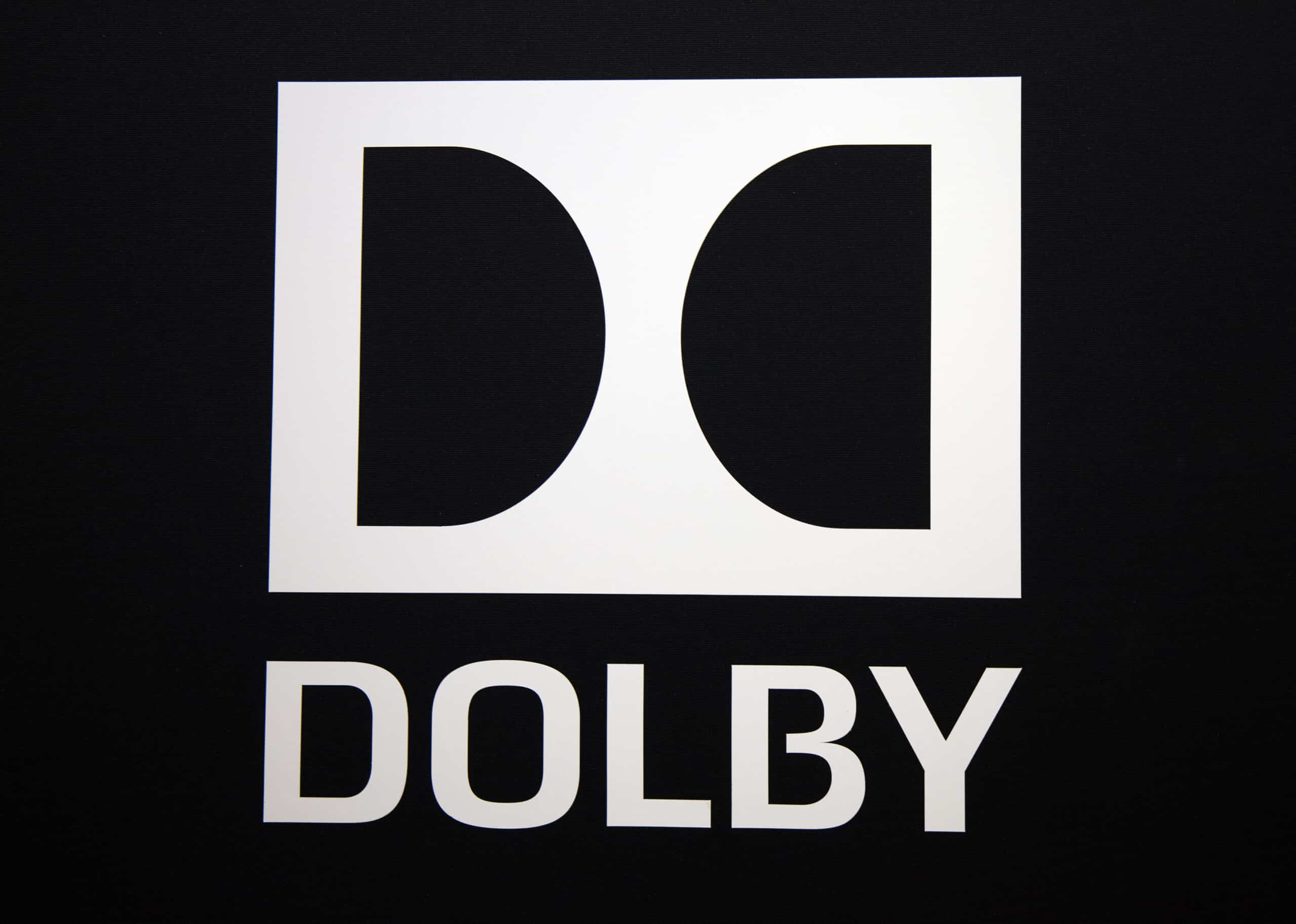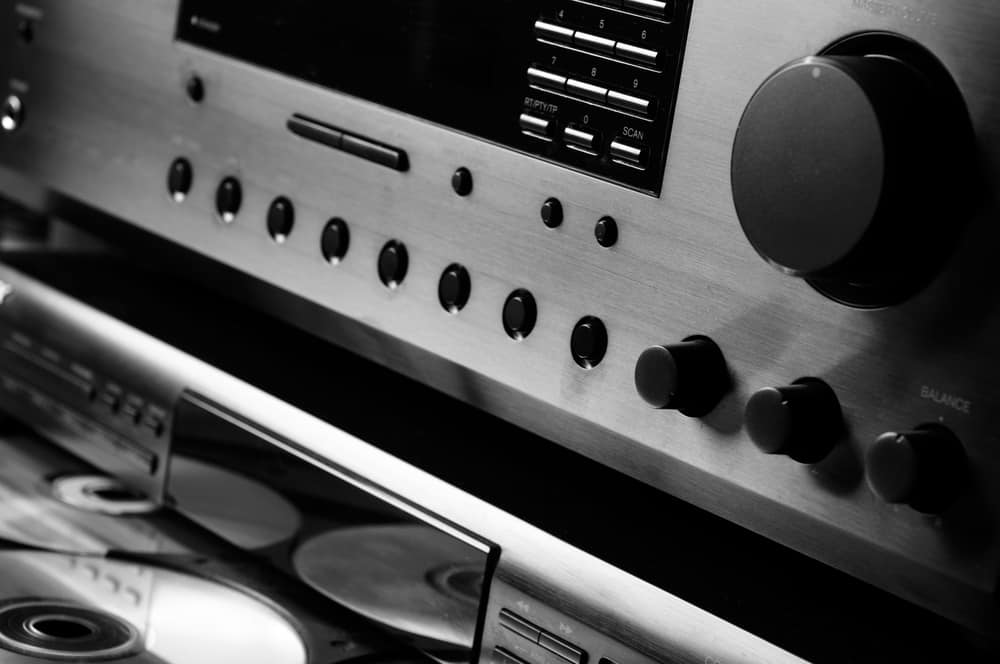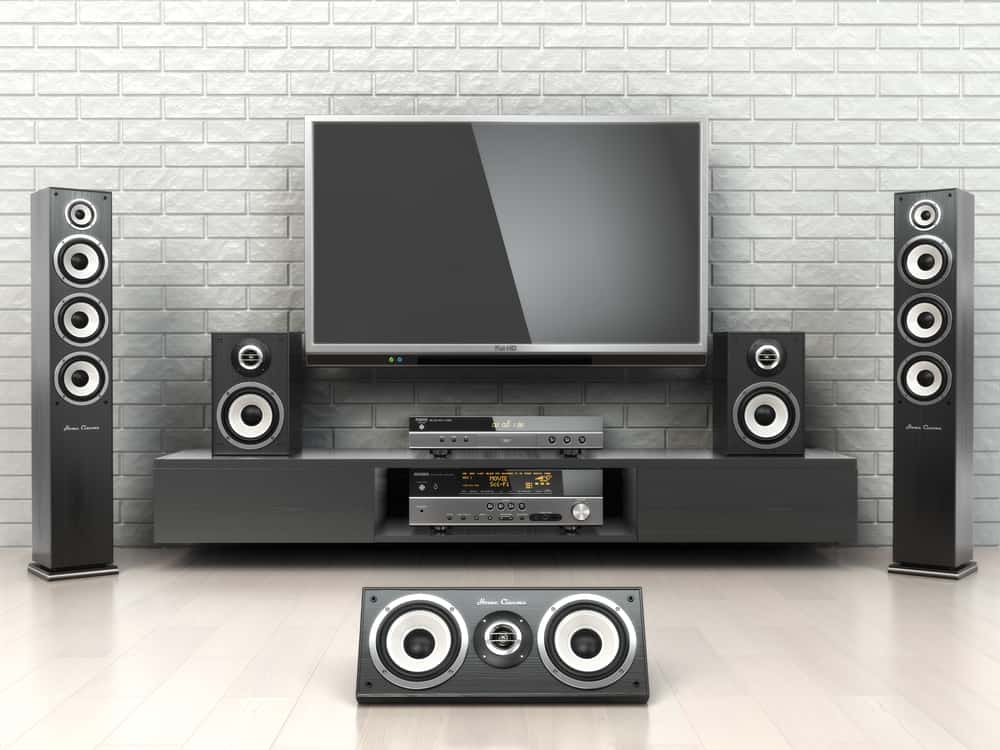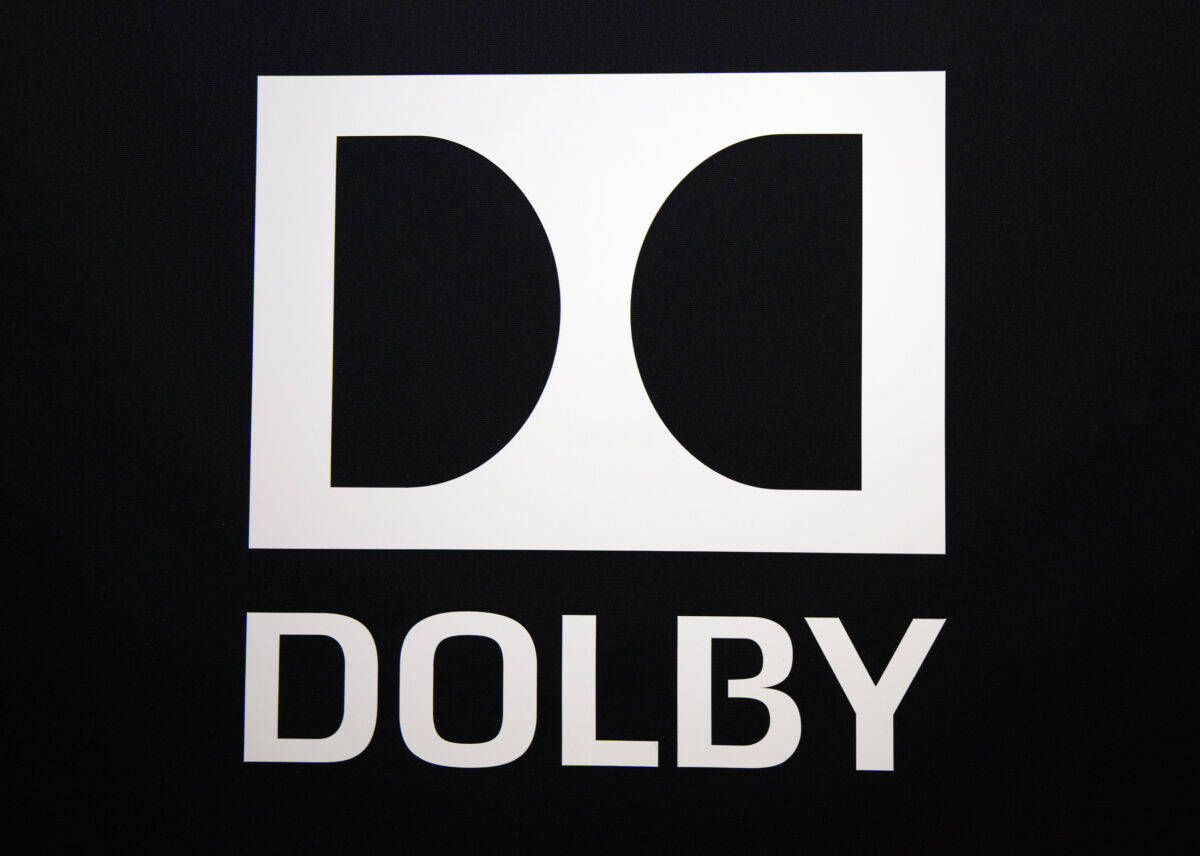Dolby Digital vs Dolby Digital Plus: What’s the Difference? Which Is Better?

© JPStock / Shutterstock.com
Mục lục bài viết
Dolby Digital vs Dolby Digital Plus: 5 Must-Know Facts
- Every DVD uses Dolby Digital. What’s more, every HD broadcast in America uses Dolby Digital.
- Despite what the numbers in their titles would lead you to believe, “5.1” refers to six audio channels while “7.1” refers to eight.
- Apple devices have support for Dolby Digital Plus built right in.
- Dolby TrueHD is the lossless version of Dolby Digital Plus.
- Dolby Digital Plus is twice as efficient as Dolby Digital.
Dolby Digital vs Dolby Digital Plus: Full Comparison
Surround sound is a great addition to any speaker, TV, or receiver. And the name that readily comes to mind is Dolby, which is synonymous with “home theater”. Dolby is undoubtedly the most trusted brand in the sound industry. They’re almost constantly upgrading and improving their speakers and tech. How can you keep up? Take Dolby Digital and Dolby Digital Plus, for instance.
What’s the difference between them? What makes the two distinct (beyond their names)? Let’s take a look at Dolby Digital vs Dolby Digital Plus starting with a side-by-side comparison of specs, some must-know facts, and the history of Dolby Digital before we delve into a full comparison below. Which one — Dolby Digital or Dolby Digital Plus — deserves to come out on top? Read on to find the answer.
Side by Side Comparison: Dolby Digital vs Dolby Digital Plus
 Dolby Digital lets you experience high-quality, lossless surround sound in stereos and other entertainment systems.
Dolby Digital lets you experience high-quality, lossless surround sound in stereos and other entertainment systems.
©SJ Travel Photo and Video /Shutterstock.com
Dolby DigitalDolby Digital PlusNumber of Channels5.17.1StereoYesYesStreaming and Download SupportYesYesMobile Network SupportNoYesBlu-ray SupportNoYesHDMI SupportYesYesS/PDIFYesYes (with conversion)Built into Microsoft Edge/Windows 10NoYesDolby AtmosNoYesData Rate640kbps or less6Mbps or lessMaximum Number of Full-Bandwidth Audio Channels515CompressionLossyLossy
Dolby Digital vs Dolby Digital Plus: What’s the Difference?
 TVs, loudspeakers, players, and receivers typically use Dolby Digital Plus surround sound.
TVs, loudspeakers, players, and receivers typically use Dolby Digital Plus surround sound.
©Maxx-Studio/Shutterstock.com
While Dolby Digital and Dolby Digital Plus use the same audio compression formats in surround sound speaker systems and even allow for HDMI and streaming, they differ in some respects.
Sound System
For one, Dolby Digital is a 5.1 surround sound system, which means it has five speakers — right, center, left, right surround, left surround — and one subwoofer. Dolby Digital Plus, however, is a 7.1 surround sound system. This type of system has all the same speakers as 5.1, but it adds two rear surround channels while keeping the right and left surround channels distinct. For those counting, that’s four distinct channels. Compare this to 5.1, where surround and rear channels are merely two distinct channels. Not to mention, Dolby Digital supports only five full-bandwidth audio channels, while Dolby Digital Plus supports 15.
Speakers
Another area they differ is the number of speakers. Dolby Digital has six speakers, the other has eight. Beyond this, Dolby Digital has no support for mobile networks or Blu-ray players, while Dolby Digital Plus does. What’s more, Dolby Digital Plus is built into Windows 10 and Microsoft Edge devices, while Dolby Digital is not.
Bandwidth
Dolby Digital Plus can support Dolby Atmos, while Dolby Digital cannot. Also, Dolby Digital Plus has a data rate of as high as 6 Mbps, while Dolby Digital tops out at 640kbps. Last but not least, bandwidth-constrained applications can be scaled with Dolby Digital Plus but not Dolby Digital. This means Dolby Digital Plus can still deliver great sound with limited bandwidth, while the same cannot be said for Dolby Digital.
Dolby Digital: A Complete History
 Dolby Digital and Dolby Digital Plus are popular audio encoding systems for DVD. Ultra HD, Blu-ray Disc and even streaming services.,
Dolby Digital and Dolby Digital Plus are popular audio encoding systems for DVD. Ultra HD, Blu-ray Disc and even streaming services.,
©JPStock/Shutterstock.com
Formed in 1986, Dolby Digital began as a way to bring digital sound to 35mm films in movie theaters the world over. Today, Dolby Digital can be found in television, radio broadcasts, streaming services, DVD and Blu-ray discs, and video game consoles.
Interestingly enough, the idea behind Dolby Digital — modifying the discrete cosine transform (DCT) algorithm, which is the basis of compression as we know it — was first suggested in 1972 by Nasir Ahmed. He wasn’t thinking about audio but rather visual compression. As is often the case with inventions, Ahmed had the right idea in the wrong place.
In 1987, a group of men from the University of Surrey finally did what Ahmed was thinking: They altered the DCT into the modified discrete cosine transform (MDCT), thus, establishing the standard for multi-channel audio coding. Not long after, Dolby Laboratories used the MDCT algorithm in combination with the principles of perceptual coding to create AC-3 audio: the format the cinema needed, but also the format that would become the basis of Dolby Digital. It became exactly that — Dolby Digital’s standard — in 1991.
Dolby Digital was the very first MDCT audio compression standard in the history of sound. From there, several competitors emerged — take ATRAC, MP3, and AAC, for example. These formats still coexist in various corners of the audiovisual world today.
The Emergence of Dolby Digital Plus
While Dolby Digital remains the standard audio compression technology, other iterations of the MDCT standard under the Dolby umbrella exist. One of the most prominent is Dolby Digital Plus, sometimes called Enhanced AC-3, E-AC-3, or DD+. At its core, Dolby Digital Plus is the next in line to Dolby Digital. Introduced in 2005, 14 years after Dolby Digital became the standard, Dolby Digital Plus earns its “plus” with its many additions and improvements.
The list of upgrades that came with the introduction of Dolby Digital Plus could go on and on.
- A broader, more enormous spectrum of data rates ranging from 32 kbit/s to 6144 kbit/s.
- More audio channels and support for multiple programs (or substreams).
- Several additional tools and improved algorithms.
With all this in mind, it’s no surprise Dolby Digital Plus was soon adopted as the new standard over Dolby Digital.
Netflix was one of the first to make the switch back in 2010. Next came Vudu, then other streaming services followed suit. Before long, Dolby Digital Plus was preferred over Dolby Digital for DVDs, Blu-rays, video games, cinemas, and beyond. It helped that DD+ is backward compatible with its predecessor, meaning Dolby Digital Plus can still decode Dolby Digital data from sources that haven’t made the switch yet.
The Future of Dolby
While Dolby Digital Plus is newer than Dolby Digital, it’s not the most recent Dolby surround sound format. That title belongs to Dolby Atmos, introduced in 2012 — seven years after Dolby Digital Plus’s introduction. The upgrade that makes Atmos the most distinct is its inclusion of height.
Atmos treats sound as three-dimensional, adding height channels that effectively take surround sound systems to a new level. With speakers facing down from ceilings and aiming up from the floor, Atmos makes the surround sound even more enveloping than ever before. It can handle a whopping 128 distinct audio tracks and up to 64 individual speakers.
As with Dolby Digital and Dolby Digital Plus, this new technology took a few years to catch on. It may take some years until there’s widespread adoption of the new sound technology. For now, only a selection of cinemas, streaming services, home media, and video game releases are equipped to handle Atmos. For now, it’s best to simply focus on Dolby Digital and Dolby Digital Plus, as you’re likely to encounter them today.
Dolby Digital vs Dolby Digital Plus: Which One Is Better?
At this point, it seems quite clear who the winner is: Dolby Digital Plus. It beats Dolby Digital in specs and channel configurations. On the most basic level, Dolby Digital Plus is the new-and-improved version of Dolby Digital.
Simply being a successor doesn’t always mean you’re an improvement, of course — look at all the terrible sequels out there! But with Dolby Digital Plus, there’s no doubt whatsoever. Plus is an improvement in almost every conceivable way.
More channels, Blu-ray support, pre-installed in Windows 10 and Microsoft Edge devices, backward compatibility with its processor, a higher data rate, more full-bandwidth audio channels… the list goes on. Moreover, Dolby Digital will be gradually phased out. Because Dolby Atmos has backward compatibility with Dolby Digital Plus and not Dolby Digital proper, it seems that Dolby Digital will become irrelevant over time.
Ultimately, Dolby Digital Plus comes out on top over Dolby Digital.
Next Up…











